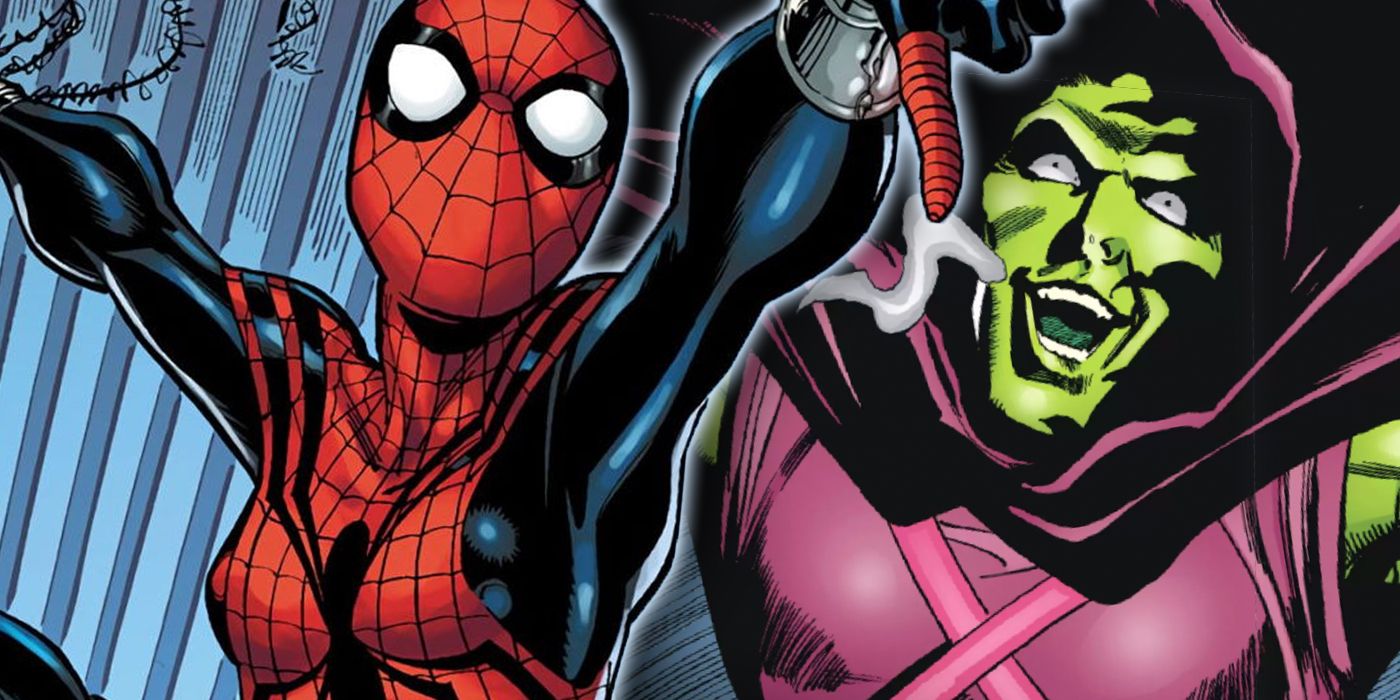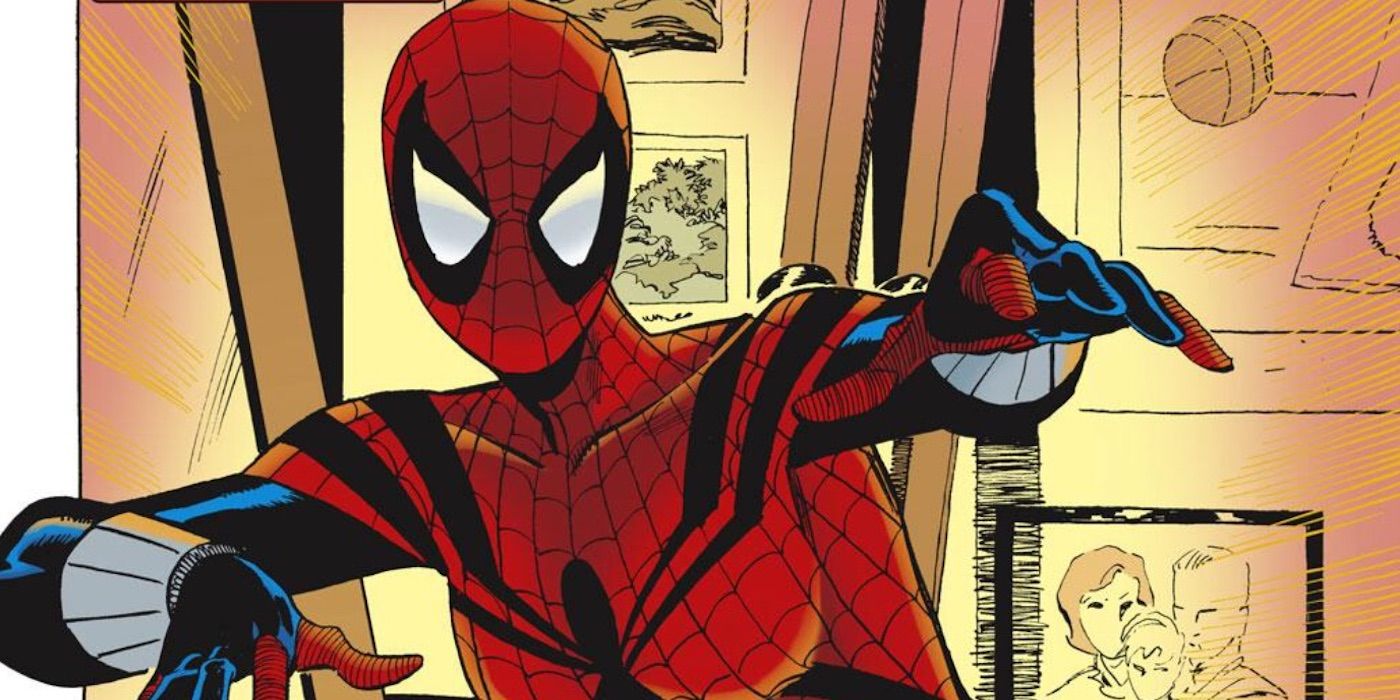Spider-Girl might not be as well-known as Spider-Man himself, but she still has quite the heroic comic book legacy. Easily the best and most successful version of Spider-Girl is May "Mayday" Parker, the future daughter of Peter Parker and Mary-Jane. Essentially borne out of one of the most controversial comic book storylines of all time, May would ironically go on to be part of a very successful ongoing comic book of her own.
Despite her unexpected success, Marvel seems to have thrown Mayday under the rug. This likely stems from her ties to the Clone Saga, as well as her representing actual growth and development in a character who is supposed to be defined by it. Here's a look at the best take on the Friendly Neighborhood Spider-Girl, as well as why Marvel editorial seems to hate her.
Debuting in What If #105, Mayday Parker was created by Tom DeFalco and Ron Frenz. Her introductory story was an alternate look at the conclusion of the infamous Clone Saga, wherein Peter and Mary-Jane were meant to have a baby. This was part of a plan to get rid of Peter Parker by revealing that he was actually a clone of the real Peter, with the true Spider-Man taking the identity of Ben Reilly for himself and protecting New York. Needless to say, fans hated the idea, but once plans were put in place to bring Peter back as the real deal, he couldn't be a father anymore. Thus, Mary-Jane's baby was mysteriously lost, taken away as part of a plan by Norman Osborn.
The What If story had Kaine reuniting the child with her parents, which served as the basis for the premise of the Spider-Girl monthly. Intended to be a mere 12-issue limited series, the book was popular enough to warrant an ongoing. 15-year-old May Parker, named after her paternal aunt, develops powers much like her father's. After seeing a new Green Goblin in action, she dons the old costume of Ben Reilly, becoming Spider-Girl against her parents' wishes.
The alternate future of Spider-Girl showed the legacy of not only Spider-Man, but also the Osborns, Ben Reilly and even the Avengers and Fantastic Four. With the changes brought about in the monthly mainstream Spider-Man titles, Spider-Girl was a refuge for fans who wanted to see what Peter would be like as a dad. The original version of the series lasted for 100 issues, with a relaunch lasting for 30. Afterward, the once highly lauded Mayday Parker would be slowly phased out, and it's somewhat obvious why.
Perhaps the biggest reason that Marvel editorial in the late 2000s began to downplay Mayday Parker was that she represented everything that they had tried to get rid of in the monthly Spider-Man books. The world of Spider-Girl had Peter and Mary-Jane as a married couple, with their actions in their younger days catching up with them. They were able to be parents in similar and different ways to the aunts and uncle that they had growing up, and it showed true development for them.
Thanks to the infamous One More Day, Marvel erased the Spider-marriage and once again portrayed Peter as an eternal loser who relies on his aging aunt. Marvel seemingly makes decisions that separate Peter and MJ, throwing a wrench into the marriage whenever possible. Given that Mayday is the ultimate culmination of that relationship, her very existence, even in an alternate universe, was antithetical to what the main series had become.
Sadly, this is still the case for Marvel, even with Mayday being the most popular version of Spider-Girl. The Anya Corazon Spider-Girl is largely forgotten and failed herself, while the various holders of the Spider-Woman mantle are barely related to Spider-Man. Bringing back Mayday in a new series or even hinting at her eventual existence in the 616 universe would present a lot of opportunities for the Spider-Man brand, the least of which would be giving Peter the power and responsibility of a father. Given how regressive the character's story has become, however, it seems that Mayday's story begins and ends with the Clone Saga.




